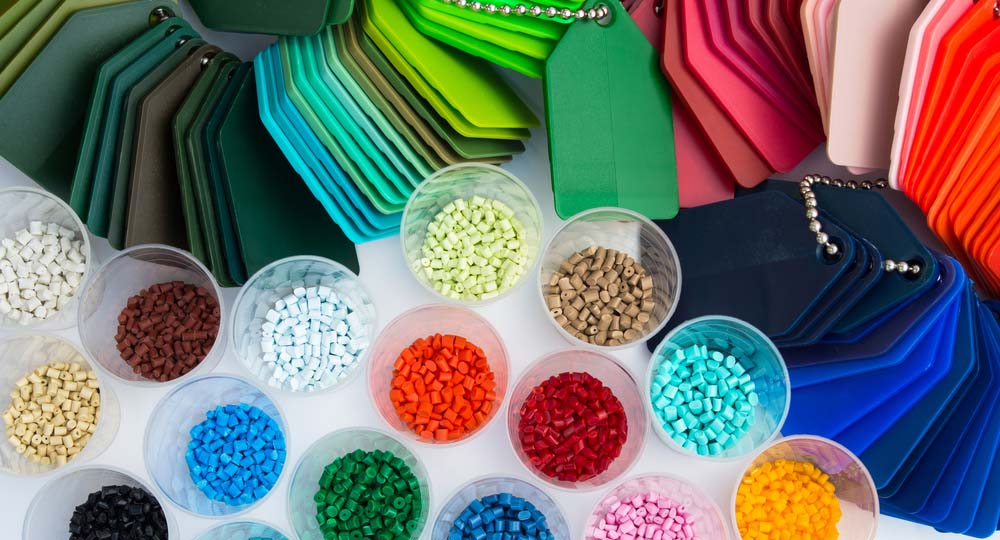ISO 8124-6 DEHP and DBP Content Analysis
The ISO 8124 series of standards is widely recognized as a crucial set of guidelines for ensuring the safety and quality of toys. The specific test we focus on here, ISO 8124-6:2019, addresses the determination of Di(2-Ethylhexyl) Phthalate (DEHP) and Di-Benzyl Phthalate (DBP), two common plasticizers used in toy manufacturing.
DEHP and DBP are employed to enhance flexibility, transparency, and durability in plastics. However, these substances can pose risks if present at high concentrations, particularly for children who may be exposed through prolonged contact with toys. The ISO 8124-6 standard provides a precise method to quantify the levels of DEHP and DBP in toy materials.
This analysis is essential not only for ensuring compliance with international regulations such as EU Toy Safety Directive (EN 71) but also for safeguarding brand reputation and consumer trust. By conducting this test, manufacturers can demonstrate their commitment to safety and quality, thereby reducing the risk of recalls or legal actions.
The testing process involves several critical steps, starting with the selection of appropriate samples from the toy. These must be representative of the materials used in manufacturing. Once selected, specimens undergo a series of preparatory procedures designed to ensure accurate analysis.
Key instrumentation plays a pivotal role in this process. Gas Chromatography-Mass Spectrometry (GC-MS) is typically employed for its high sensitivity and specificity, allowing for precise quantification. The chosen GC-MS system must be capable of handling the types of samples encountered during testing.
The acceptance criteria set by ISO 8124-6 are stringent, ensuring that only toys meeting these standards can pass inspection. Compliance with this standard is not optional; it is a requirement for all toy manufacturers operating within EU jurisdictions and beyond. The results from this analysis provide critical insights into the safety profile of toys, making them an indispensable tool in quality control.
| Standard Code | Description |
|---|---|
| ISO 8124-6:2019 | Determination of Di(2-Ethylhexyl) Phthalate (DEHP) and Di-Benzyl Phthalate (DBP) |
The GC-MS analysis involves several steps, including sample preparation, injection into the instrument, and subsequent separation and detection of phthalates. The results provide a quantitative measure of DEHP and DBP content in parts per million (ppm). This level is then compared against the acceptable limits specified by ISO 8124-6 to determine compliance.
| Use Case | Description |
|---|---|
| Toy Manufacturer Compliance | Ensuring toys meet EU Toy Safety Directive (EN 71) and other international standards. |
| R&D Engineers for New Product Development | Evaluating new materials and formulations to ensure they do not exceed acceptable phthalate levels. |
Why It Matters
The safety of toys is paramount, especially for children who are more vulnerable to the effects of harmful substances. Phthalates like DEHP and DBP have been linked to various health issues, including reproductive disorders and developmental problems. By conducting this test, manufacturers can protect both their brands and consumers from potential risks.
Compliance with ISO 8124-6 is not just a regulatory requirement; it’s an assurance of quality that enhances brand reputation and fosters consumer confidence. Non-compliance can result in severe consequences, including legal actions, product recalls, and damaged reputations. Therefore, ensuring that toys meet these stringent standards is crucial for long-term success.
- Prevents health hazards to children
- Avoids costly recalls and lawsuits
- Enhances brand reputation
- Fulfills regulatory requirements





